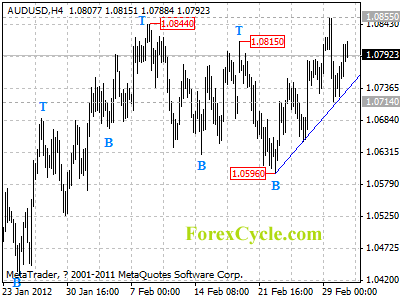By MoneyMorning.com.au
We tell even the most risk-hungry investor to have no more than 15% of their wealth in growth stocks.
Why? Because it’s not a good use of your or your money’s time. It’s wasted time.
And in a volatile market like this, wasted time can be very costly.
In fact, the time your money is wasting in the wrong investment can mean the difference between a plain old moderate retirement and a cruise-around-the-world luxury retirement.
In short: don’t waste your money’s time.
We’ll explain how to avoid that in a moment. But first, let’s show what we mean when we talk about time-wasting growth stocks…
No Growth Since 2007
According to the latest BHP Billiton Ltd [ASX: BHP] annual report, there are 574,229 shareholders with an Australian registered address.
When you think that some of those shareholders are fund managers, investing in BHP for individual investors, you’re looking at a big share of the Aussie population who hold BHP shares.
But how have they done?
As the following chart shows, over the past five years, they haven’t done well at all:

Since at least 2007, buy-and-hold investors have seen no growth.
And even those investors who bought in 2008 during the height of the global financial meltdown have seen their gains wasted away by time.
That’s what we mean by the market wasting your money’s time.
The share price has gone all over place, but what have you gotten from it? If you bought at the average 2007 price of about $35, all you got is about $5 in dividends.
That’s OK. But it’s not great.
After all, you could have put cash in a high interest online account or term deposit and earned about 6% per year.
That would have given you about $11 in income on your $35 investment over the same time… and it would have been a less stressful income too.
Put another way, if you want to get from A to B, would you rather take the straight route or the winding road? And if the return is the same and the straight route is safer, the answer is obvious.
But, the problem with cash is it can take longer to grow your money.
Higher Yield for Less Risk
That’s why you need to look for a higher income yield.
One way of doing that is to invest in dividend paying stocks… companies that pay part of their profits in cash to investors.
The only problem with dividend stocks is they aren’t totally immune from the stock market’s ups and downs.
And while they tend to rise and fall less than growth stocks, even good dividend payers like the banks and retailers fell heavily during the last market rout in 2008.
So, what if there was a way to get better-than-the-bank interest rates, but without taking stock market risks…
Well, good news could be on the way. As yesterday’s Australian Financial Review (AFR) reports, “Investors will be able to buy and sell Australian fixed-income exchange-traded funds within weeks…”
We won’t deny that exchange-traded funds (ETFs) are a lazy way to invest. But there are times when they make a lot of sense.
Right now it’s hard for individual investors to invest in the corporate bond market.
But that’s set to change when a number of bond ETFs are listed on the Australian Securities Exchange (ASX) within the next few weeks.
Amanda Skelly, director of ETFs at fund manager, Russell Investments told the AFR:
“All of the bonds in our corporate bond ETF must be A-rated or above and they must all have a minimum issuance size of $100 million or above. We felt that those types of bonds trade more and are more transparent.”
So, what kind of returns could you make from a corporate bond ETF? Well, without knowing the full details of the ETFs, we can’t say for sure.
But we can look to the returns U.S. investors get from a similar ETF. And how it compares to stock market returns.
Look at this chart:

The blue line is the iShares IBoxx Investment Grade Corporate Bond Fund ETF [NYSE: LQD]. The red line is the U.S. S&P500 index.
Even though the bond ETF fell in 2008, it was nowhere near the price falls seen by growth and dividend-paying stocks (remember the four major Aussie banks more than halved in 2008).
The great thing for U.S. investors is the bond ETF yields 4.21%. That’s not much for Aussie investors. But it’s significantly higher than U.S. bank deposit rates that are around 1%.
Our guess is you can expect to see a similar premium above deposit rates. A yield around 8-9% should be enough to attract investors.
Anything less than that and you’ve got to figure out if the extra risk of investing in a corporate bond is worth it, compared to a risk-free, taxpayer-backed bank deposit.
Of course, nothing is guaranteed yet. And we’ll have to look at the ETFs in more detail. But if the yield is as good as we expect, these corporate bond ETFs could be the one of the best uses of your money’s time…
And the best retirement investment you’ll find.
Cheers.
Kris.
Related Articles
The Conference of the Year for Australian Investors
How to Pick Winning Stocks in Five Easy Steps







